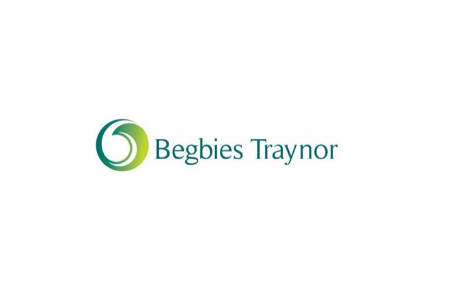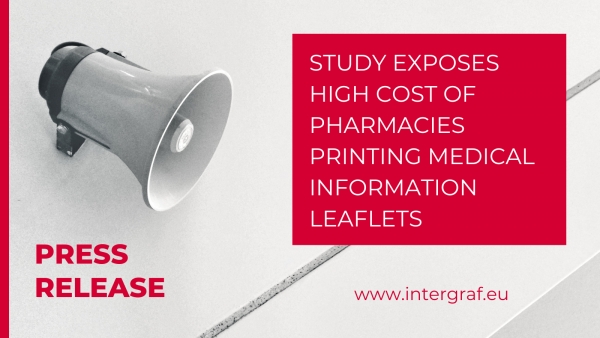15 June 2020

Should manufacturing firms sell and lease back machinery to improve cash flow?
The economic devastation caused by coronavirus continues to create serious cash issues for businesses around the world, but manufacturing and other industries can improve cash flow using a type of asset finance called sell and lease back.
This form of funding is a sound alternative to traditional bank lending for manufacturing firms that own hard assets of value, so what is a sell and lease back agreement and how does it work?
What is sell and lease back?
A sell and lease back arrangement is a form of asset finance that utilises wholly owned business assets to generate cash and improve liquidity. It is a type of funding particularly suited to manufacturing firms, which by their very nature require hard assets to operate effectively.
The arrangement works by selling one or more pieces of machinery to an asset finance company, and this generates a cash lump sum for the business. The financier then leases the asset(s) in question back to the firm for a pre-agreed period of time, and at a fixed monthly rate.
Importantly, there is no break in usage rights under this arrangement. The financed asset can continue to be used as before, with no negative operational impact or limitation for the manufacturer.
What types of manufacturing assets can be used in sale and lease back?
These are just a few of the asset types manufacturing firms can use to improve their cash flow via a sell and lease back arrangement:
- Printing equipment
- Machine tools
- Vehicles
- Precision engineering machinery
- Forklift trucks
- Woodworking equipment
One element of note is that, depending on the agreement, manufacturers may be responsible for ongoing maintenance and repair of the assets in question.
How can manufacturing firms improve cash flow with sell and lease back?
Sale and lease back financing can be used to stabilise cash flow in the short-term, but it also provides a foundation for long-term growth and development. Initially, the cash injection from the asset sale enables the firm to pay its bills and other financial obligations, so avoiding a decline into insolvency and potential closure.
The arrangement also supports future plans, however, without compromising operational efficiency. The monthly fixed fee enables manufacturing businesses to budget with more certainty, and maintain closer control over cash flow.
Being unable to pay the bills as they fall due is a sign of insolvency, so with a cash lump sum and predictable outgoings, manufacturers can stabilise their finances and look to the future with more confidence.
Other advantages of sell and lease back for manufacturing firms
Apart from the vital benefit of cash flow improvement, a sell and lease back arrangement may offer further advantages to manufacturing firms, which are not necessarily available via other financing methods.
These include:
- Interest rates that are typically lower than those associated with ‘standard’ loans – this is possible as the financing company are able to sell the asset(s) in the event of default
- The asset is used as security for the lender, which makes the application process relatively fast so cash flow can be improved quickly
- Sell and lease back can be a tax efficient option for some manufacturing firms
- Budgeting becomes more reliable because the repayment term and lender’s fees are fixed
- In addition to machinery, a number of other asset types can be used to generate cash via this type of arrangement
- Other credit lines available to the business are preserved/protected
You can download the Begbies Traynor contact sheet and services below.
Downloads
 Intergraf Economic News (Paper Prices) - March 2024
Intergraf Economic News (Paper Prices) - March 2024
18 March 2024
Access the latest edition of the Economic Newsletter for the European Printing Industry for data on paper consumption, and pricing data for pulp, paper and recovered paper. Data for packaging papers and board is also available with this edition.
 STUDY EXPOSES HIGH COST OF PHARMACIES PRINTING MEDICAL INFORMATION LEAFLETS
STUDY EXPOSES HIGH COST OF PHARMACIES PRINTING MEDICAL INFORMATION LEAFLETS
7 March 2024
Intergraf welcomes the release of a study by our partner MLPS (Medical Leaflet = Patient Safety), a subgroup of the European Carton Manufacturers Association (ECMA) shedding light on the potential economic costs associated with the proposed use of Print on Demand (PoD) leaflets in the pharmaceutical legislation revision.
The BPIF is the printing industries champion. By becoming a member you join a diverse and influential community. We help you solve business problems, connect you to new customers and suppliers and make your voice heard in government.
Call 01676 526030









